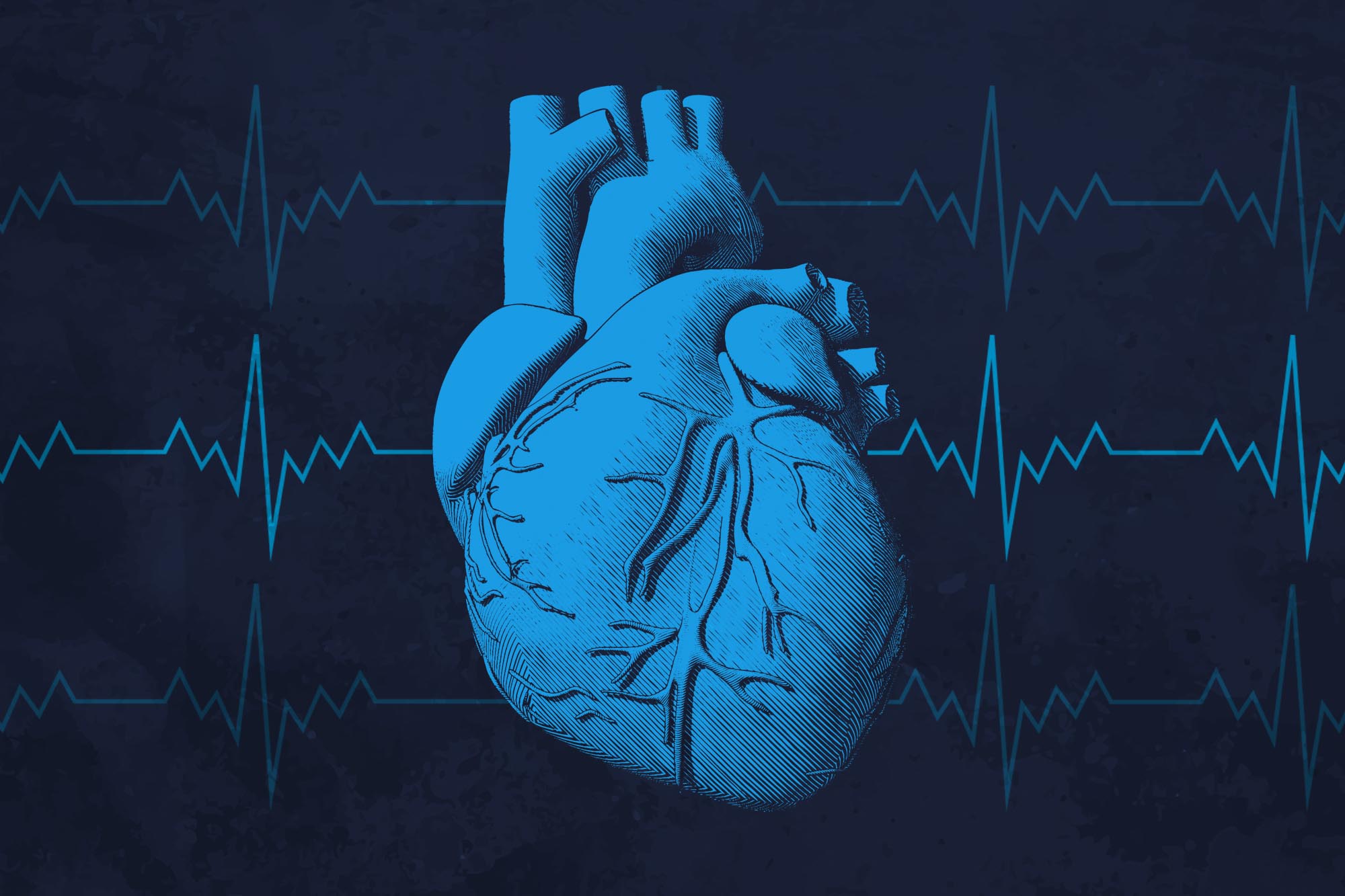A new physiological measurement of heart function developed at UVA Health could improve survival for heart-failure patients by identifying high-risk patients who require tailored treatments, a study has found.
The study is the first to show a survival benefit from wireless pressure-monitoring sensors implanted in the pulmonary arteries. Pulmonary artery proportional pulse pressure, or PAPP, is a new measure of heart function, developed at UVA, that can identify patients at very high risk of hospitalization or death from systolic heart failure or pulmonary hypertension (high blood pressure in the heart and lungs).
Previous research by the researchers showed that patients with low PAPPs were at far greater risk than those with higher PAPPs, so the UVA researchers tested whether these benefits were maintained in patients undergoing implantation of pressure sensors that continuously monitor pressure in the pulmonary artery.
“We found that PAPP is a very good measure of how stiff or compliant the pulmonary arteries are. The stiffness of the pulmonary arteries determines how much resistance the right side of the heart has overcome to pump blood effectively to the lungs,” said Dr. Sula Mazimba, a heart failure expert at UVA Health and the University of Virginia School of Medicine. “The importance of this simple measure is that it can identify patients that are at greatest risk of dying or being hospitalized. This allows us to tailor more aggressive treatments.”

Dr. Sula Mazimba is a heart failure expert at UVA Health and the University of Virginia School of Medicine. (Photo: UVA Health)
Treating Heart Failure
Heart failure is a condition where the heart fails to pump blood adequately through the body. It affects more than 6.5 million Americans and more than 26 million people around the world. It causes more than 1 million hospital admissions each year, and approximately half of patients die within five years of diagnosis.
UVA’s new study evaluated the benefits of PAPP monitoring in patients with systolic heart failure, in which the heart’s left ventricle is weak, as well as those with pulmonary hypertension – high blood pressure in the arteries in the lungs and right side of the heart.











